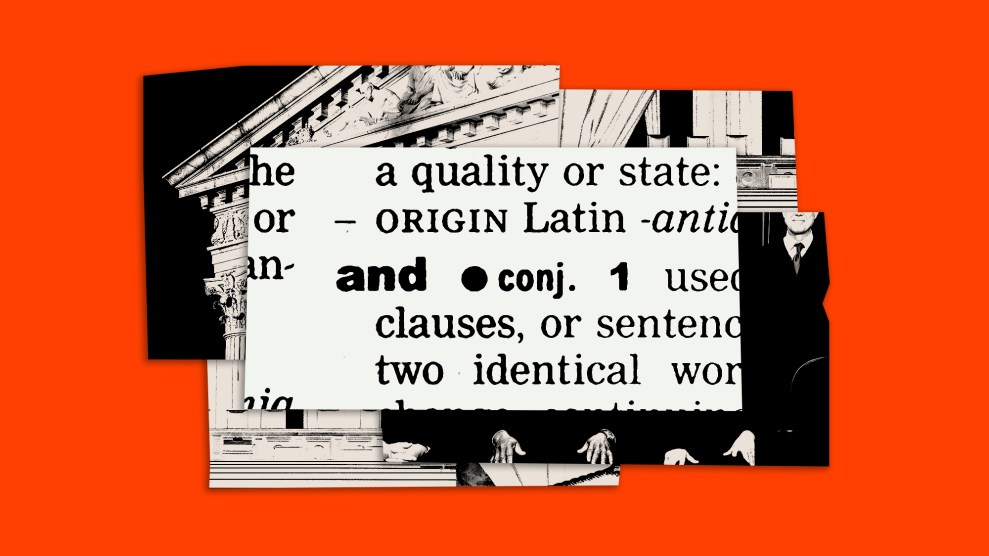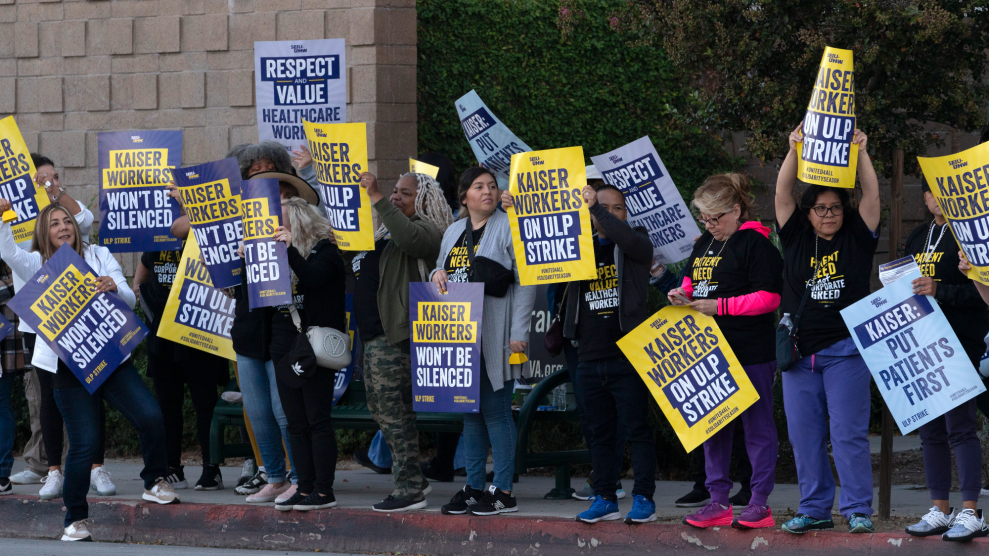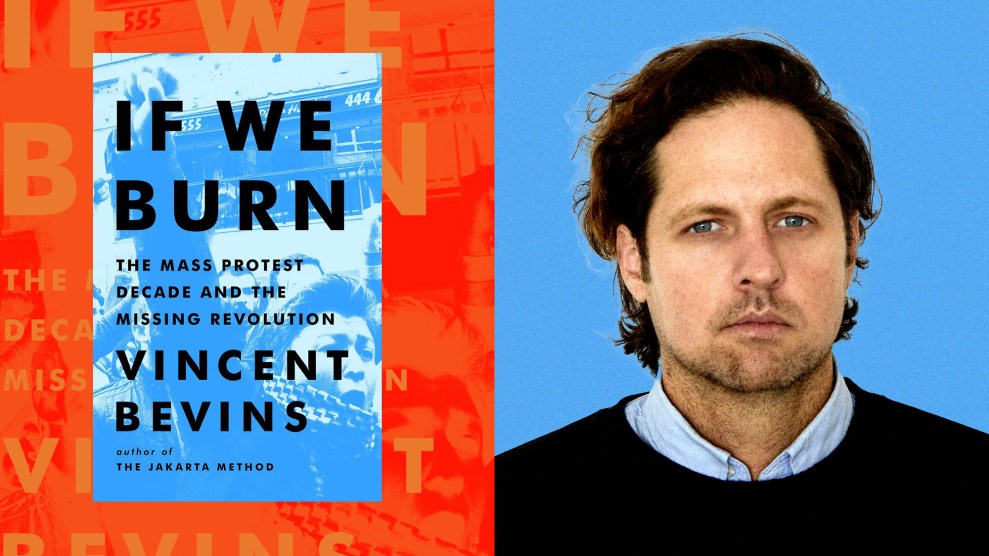Conservatives have gone ballistic over the April 7 report from the Department of Homeland Security, which purports to document the recent growth of the radical far-right. As summarized by Reuters:
Right-wing extremists in the United States are gaining new recruits by exploiting fears about the economy and the election of the first black U.S. president, the Department of Homeland Security warned in a report to law enforcement officials. The April 7 report…said such fears were driving a resurgence in “recruitment and radicalization activity” by white supremacist groups, antigovernment extremists and militia movements. It did not identify any by name.
DHS had no specific information about pending violence and said threats had so far been “largely rhetorical.” But it warned that home foreclosures, unemployment and other consequences of the economic recession “could create a fertile recruiting environment for right-wing extremists.” “To the extent that these factors persist, right-wing extremism is likely to grow in strength,” DHS said.
After the story of the report broke earler this week, it dominated the Drudge Report Feed, which featured a picture of DHS Secretary Janet Napolitano above the line, “SHE IS WATCHING YOU.” The Liberty Papers offered a blog post headed, “If you are reading this, you may well be a terrorist.” Michelle Malkin quickly entered the fray, declaring what she called “the piece of crap report” to be “a sweeping indictment of conservatives.” And since she believes that “in Obama land there are no coincidences,” Malkin concluded that the report’s release was timed to coincide with Wednesday’s “Tax Day Tea Party” protests. Even though the report was apparently conceived under the Bush Administration, Malkin’s interpretation was repeated by Rush Limbaugh and others, and the fix was in.
So do conservatives really want to put themselves in the same boat with the racist, militant, often violent groups the report actually has in mind when it talks about “right-wing extremists?” Because that’s exactly what’s happened: Conservatives haven’t been branded dangerous extremist by DHS or the Obama administration; they’ve branded themselves.
It’s clear that in the last few months, conservatives have rediscovered the political and rhetorical advantages to depicting themselves as a downtrodden but courageous army, holding their own against an overwhelming onslaught of the mild liberalism they like to call “socialist.” But in fact, the DHS report does not even include the word ”conservative.” It’s clearly not about rank-and-file conservatives, or even hard-core, Red State, tax-cutting, gun-toting, Obama-hating conservatives. So it’s strange how ready conservatives seem to be to identify with, rather than separate themselves from, the people the report is about: organized, militant groups on the far right.
In a lot of ways, the DHS report laid itself open to just this kind of response. It’s a stupid, ill-timed, and, worst of all, useless report, so vague that it ends up saying nothing that could be helpful to law enforcement, its supposed audience. Why wouldn’t the report talk about what groups exist where, and in what numbers, who they are and what they do? (The Southern Poverty Law Center has this kind of information on its web site, available for public viewing.) Instead, the report focuses on what these extremists believe and how they seem to be interpreting current events—which is also a dangerous approach from a civil liberties point of view, since it fails to clearly separate Constitutionally protected thought from criminal action.
I’ve been covering racist far right movements in America (and they are virtually all deeply racist and anti-Semitic, even if that isn’t their main thrust) for more than 30 years; I’ve spent time at their gatherings and talked to their members and leaders; and I’ve produced a book and a film on the subject. There may be a margin of crossover between the far right and the right, especially on hot-button issues like immigration and gun control. But still, these are not ordinary church-picnic or Sarah-Palin-rally conservatives. They include the Ku Klux Klans, Aryan Republican Army, and various other neo-Nazis and white supremacist groups, as well as the Posse Comitatus, Militias, and others who deny the authority of the federal government. Various members or fellow travelers of these groups have committed bank robberies, assaults, and murders, and were implicated in the worst terrorist act on American soil before 9/11, the Oklahoma City bombing. (And in my experience, these groups have usually gotten too little attention from law enforcement, not too much.)
These groups have seen periodic resurgences–in the 1960s in response to the Civil Rights Movement, in the 1980s during the farm crisis, and in the 1990s in the form of the anti-government militia movement, with its links to the Oklahoma City bombing. They then pretty much faded from view, replaced by the focus on Islamic terrorism. Yet remnants of the movement have clearly survived, regrouped, and in some cases expanded. Most prominently, these elements are present on the most violent end of the anti-immigrant vigilante movement, committing drive-by shootings of Mexican labourers. Some are part of biker gangs, including the Sons of Silence, who were implicated in a threat against Obama at the Democratic convention in Denver. Others are scattered around doing their own thing: picking fights in bars, beating up gay men or “foreigners.” And when I traveled across country last fall, covering the presidential election for the Guardian, I encountered neo-Nazis who saw the election of Barack Obama as the greatest recruiting tool they’d ever had.
Do the Tea Party attendees really want to paint themselves with the same brush as guys like this, just in order to get some victim cred?












